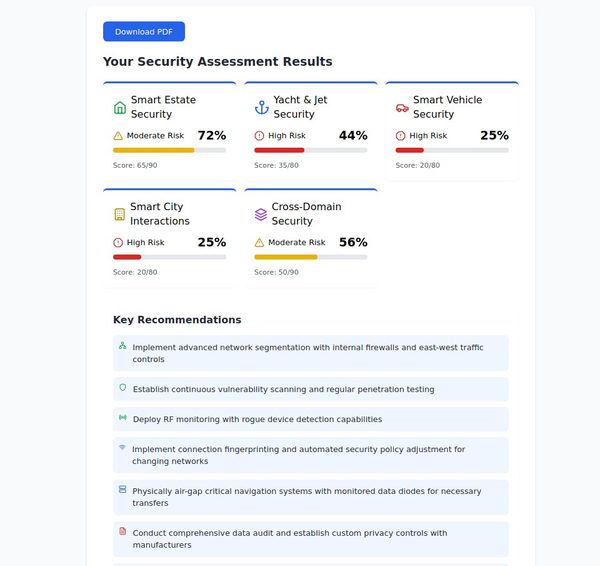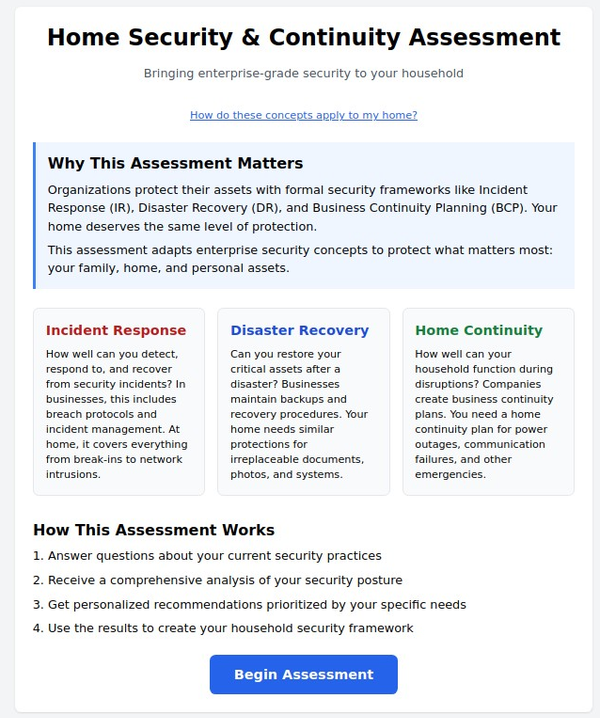5 Tips for Securing Your Smart Home

In today's world, smart homes have become increasingly popular, offering convenience and automation to homeowners. However, with the convenience of smart homes comes a new set of security challenges. Smart home devices are often connected to the internet and can be accessed remotely, making them vulnerable to cyber threats. To protect your smart home and IoT devices from potential security threats, here are five tips for securing your smart home:
- Secure Your Wi-Fi Network: Your Wi-Fi network is the foundation of your smart home, and securing it is essential to prevent unauthorized access. Ensure that your Wi-Fi network has a strong password and uses WPA2 encryption. You should also consider hiding your Wi-Fi network's name (SSID), making it more difficult for hackers to find.
- Update Firmware Regularly: Smart home devices receive frequent software updates, and it's essential to install them regularly to protect your devices from potential security vulnerabilities. Manufacturers release firmware updates to address security issues, improve performance, and add new features.
- Enable Two-Factor Authentication: Two-factor authentication provides an additional layer of security for your smart home devices. It requires a password and an additional form of authentication, such as a fingerprint or a code sent to your mobile device, to access your smart home devices. By enabling two-factor authentication, you can ensure that only authorized individuals have access to your smart home devices.
- Use Strong Passwords: Strong passwords are essential to securing your smart home devices. Avoid using common passwords, such as "123456" or "password," as they are easily guessable. Use a combination of uppercase and lowercase letters, numbers, and symbols to create a strong and unique password for each device.
- Monitor Network Activity: Monitoring your network activity can help detect potential security threats before they become a problem. Set up alerts to notify you of any unusual activity on your network, such as unexpected logins or devices connecting to your network. You can also install a firewall to protect your network and prevent unauthorized access.
In conclusion, securing your smart home is essential to protect your IoT devices and your personal data. By following these five tips, you can secure your Wi-Fi network, update firmware regularly, enable two-factor authentication, use strong passwords, and monitor network activity. By taking these steps, you can enjoy the convenience and automation of your smart home while ensuring that it is protected from potential security threats.





